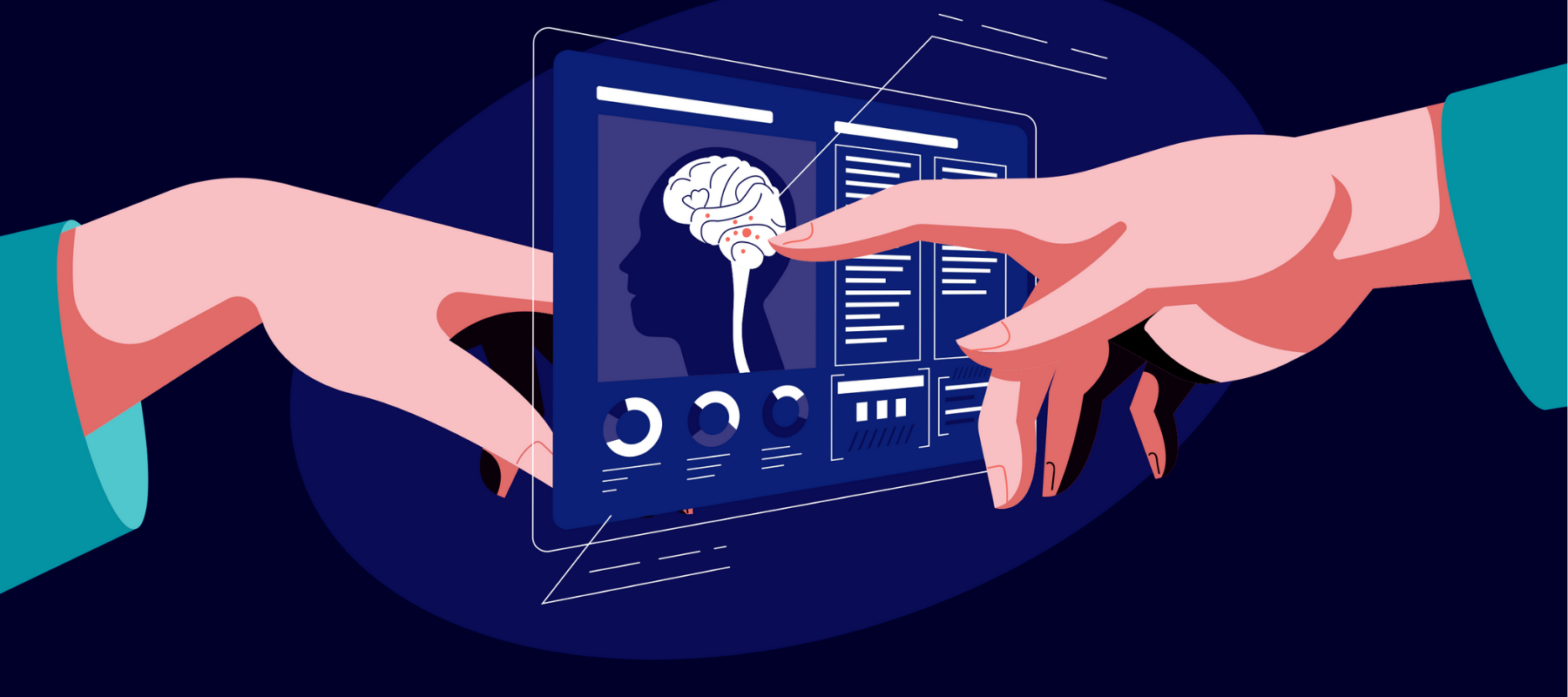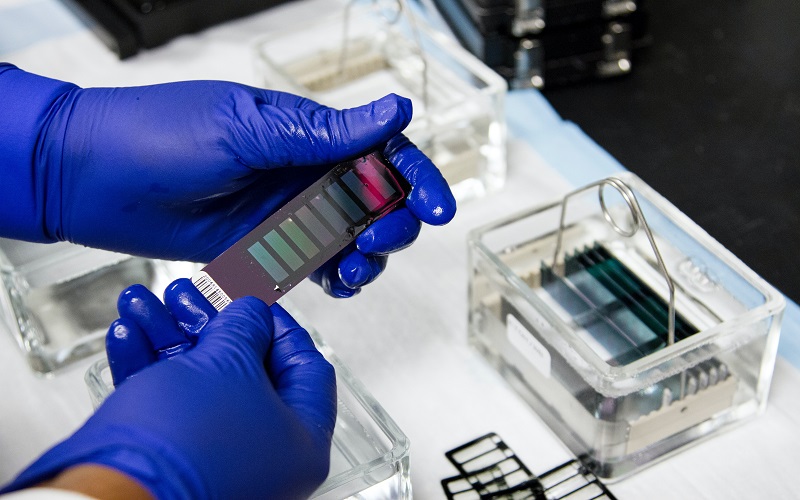I. Introduction
Definition and Overview of IoT in Healthcare
The Internet of Things (IoT) refers to the interconnected network of physical devices that use sensors, software, and other technologies to collect and exchange data over the internet. In healthcare, IoT encompasses various devices and applications that improve patient care, streamline clinical operations, and enhance overall healthcare delivery. This includes wearable fitness trackers, remote monitoring systems, smart hospital equipment, and connected diagnostic devices.
Importance and Benefits of IoT in Healthcare
IoT in healthcare brings significant benefits such as improved patient outcomes, enhanced operational efficiency, and reduced healthcare costs. By enabling real-time monitoring and data analysis, IoT devices can provide early detection of health issues, allowing for timely interventions. They also facilitate personalized treatment plans, leading to better patient management and satisfaction. Furthermore, IoT helps healthcare providers optimize resource utilization, reduce errors, and ensure better compliance with regulations.
Brief Overview of Market Size and Growth Projections
The global IoT in healthcare market was valued at USD 222.24 billion in 2023. This impressive valuation is driven by factors such as rising disposable income, increasing healthcare expenditure, growing health awareness, and the widespread adoption of smart devices. The market is projected to grow at a compound annual growth rate (CAGR) of 19.1% from 2024 to 2032, reaching USD 1,071.59 billion by 2032.
II. Market Dynamics
A. Drivers
- Rising Disposable Income: With higher disposable incomes, individuals can afford advanced healthcare solutions, including IoT-enabled devices that offer better monitoring and care.
- Increasing Healthcare Expenditure: Governments and private sectors are investing more in healthcare infrastructure, facilitating the adoption of IoT technologies.
- Growing Health Awareness: There is a growing awareness about the importance of health and wellness, driving demand for IoT devices that help monitor and manage health conditions.
- Adoption of Smart Devices: The proliferation of smartphones and wearable technology has paved the way for integrating IoT in healthcare, making it easier for consumers to track their health metrics.
B. Restraints
- Data Security and Privacy Concerns: The vast amount of sensitive health data generated by IoT devices poses significant security and privacy challenges. Ensuring data protection and compliance with regulations like GDPR and HIPAA is critical.
- High Implementation Costs: The initial investment required for deploying IoT infrastructure in healthcare settings can be substantial, deterring smaller organizations from adopting these technologies.
C. Opportunities
- Advancements in Technology: Continuous advancements in IoT technology, such as improved sensors and connectivity solutions, offer new possibilities for healthcare applications.
- Integration with AI and Machine Learning: Combining IoT with AI and machine learning can lead to more sophisticated and predictive healthcare solutions, enhancing patient care.
- Expansion in Emerging Markets: Developing regions with growing healthcare needs present significant opportunities for the adoption of IoT in healthcare.
D. Challenges
- Regulatory and Compliance Issues: Navigating the complex regulatory landscape and ensuring compliance with various standards is challenging for IoT healthcare providers.
- Interoperability and Standardization: Ensuring that different IoT devices and systems can work together seamlessly is crucial for the effective implementation of IoT in healthcare.
III. Market Segmentation
A. By Component
- Medical Devices: This segment includes wearable devices, implantable devices, and stationary devices used in hospitals and clinics.
- Systems and Software: These are the platforms and applications that manage and analyze data collected from IoT devices.
- Services: This includes installation, maintenance, and consulting services provided to healthcare organizations adopting IoT technologies.
B. By Application
- Remote Patient Monitoring: IoT devices enable continuous monitoring of patients’ health outside traditional clinical settings, improving chronic disease management.
- Clinical Operations and Workflow Management: IoT helps streamline hospital operations by tracking equipment, optimizing workflows, and reducing inefficiencies.
- Connected Imaging: Integrating IoT with imaging devices allows for real-time data transmission and analysis, enhancing diagnostic accuracy.
- Medication Management: IoT solutions can monitor medication adherence, track inventory, and ensure timely administration of drugs.
C. By End-User
- Hospitals and Clinics: These are the primary adopters of IoT technologies for improving patient care and operational efficiency.
- Research and Diagnostic Laboratories: IoT devices facilitate advanced research and diagnostic procedures, enabling more precise and timely results.
- Others: This includes home healthcare settings, nursing homes, and rehabilitation centers.
D. By Region
- North America: The largest market due to advanced healthcare infrastructure and high adoption of technology.
- Europe: Significant growth driven by supportive government policies and increasing healthcare expenditure.
- Asia-Pacific: Rapidly growing market due to rising disposable income, healthcare awareness, and technological advancements.
- Latin America: Emerging market with growing investments in healthcare infrastructure.
- Middle East & Africa: Steady growth driven by improvements in healthcare facilities and rising health awareness.
IV. Competitive Landscape
A. Key Players
- Medtronic: A leading player offering a wide range of IoT-enabled medical devices and solutions.
- Cisco Inc: Provides robust networking solutions crucial for IoT connectivity in healthcare.
- General Electric: Known for its advanced imaging and diagnostic equipment integrated with IoT technologies.
- Stanley Healthcare: Specializes in IoT solutions for asset management, patient safety, and environmental monitoring in healthcare settings.
- Capsule Technologies, Inc: Offers data management and connectivity solutions for integrating medical devices and systems.
B. Market Share Analysis
Analyzing the market share of key players helps understand their dominance and influence in the IoT healthcare market. Factors such as product portfolio, technological innovation, and strategic partnerships play a crucial role in determining market share.
C. Recent Developments and Innovations
Staying updated on recent developments and innovations by key players provides insights into the evolving landscape of IoT in healthcare. This includes new product launches, technological advancements, and strategic collaborations.
D. Strategies Adopted by Key Players
- Mergers and Acquisitions: Many key players engage in mergers and acquisitions to expand their market presence and enhance their technological capabilities.
- Partnerships and Collaborations: Collaborations with technology providers, healthcare institutions, and research organizations help drive innovation and market penetration.
- Product Launches and Innovations: Continuous innovation and introduction of new products are vital for maintaining a competitive edge in the market.
V. Technological Advancements and Innovations
Integration of AI and Machine Learning in IoT Healthcare
The integration of AI and machine learning with IoT devices enhances the ability to analyze vast amounts of healthcare data, leading to more accurate diagnoses, personalized treatment plans, and predictive analytics.
Development of Smart Wearables and Devices
Smart wearables such as fitness trackers, smartwatches, and medical-grade devices provide continuous health monitoring, empowering individuals to take proactive measures towards their health.
Advances in Telemedicine and Remote Monitoring
Telemedicine, powered by IoT, enables remote consultations and monitoring, making healthcare accessible to individuals in remote and underserved areas. This reduces the need for physical visits and lowers healthcare costs.
IoT-Enabled Robotics in Surgery and Treatment
IoT-enabled robotic systems are revolutionizing surgical procedures by providing greater precision, reducing human error, and enhancing patient outcomes. These systems also enable remote surgeries, expanding access to advanced medical care.
VI. Regulatory Landscape
Overview of Regulatory Bodies and Standards
Regulatory bodies such as the FDA, EMA, and other national health agencies establish guidelines and standards to ensure the safety and efficacy of IoT devices in healthcare. Compliance with these regulations is crucial for market entry and sustainability.
Key Regulations Affecting the IoT Healthcare Market
Regulations such as the General Data Protection Regulation (GDPR) in Europe and the Health Insurance Portability and Accountability Act (HIPAA) in the United States impose strict data privacy and security requirements on IoT healthcare solutions.
Impact of Regulations on Market Growth
While regulations ensure the safety and security of IoT devices, they also pose challenges for market growth. Companies must navigate complex regulatory landscapes and invest in compliance, which can be resource-intensive.
VII. Market Outlook and Future Trends
Growth Projections and Forecast (2024-2032)
The IoT in healthcare market is expected to grow at a CAGR of 19.1% from 2024 to 2032, reaching USD 1,071.59 billion by 2032. This growth is driven by technological advancements, increasing healthcare needs, and the expanding adoption of IoT solutions.
Emerging Trends in IoT Healthcare
- Personalized Medicine: IoT enables the collection of detailed health data, facilitating personalized treatment plans tailored to individual patients.
- Blockchain Integration: Blockchain technology is being explored to enhance data security and interoperability in IoT healthcare systems.
- 5G Connectivity: The deployment of 5G networks will significantly improve the speed and reliability of IoT devices, enhancing real-time data transmission and remote care.




